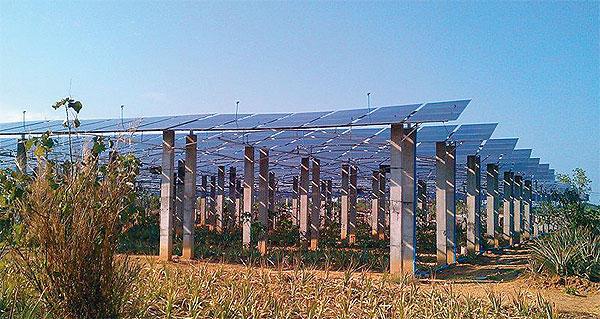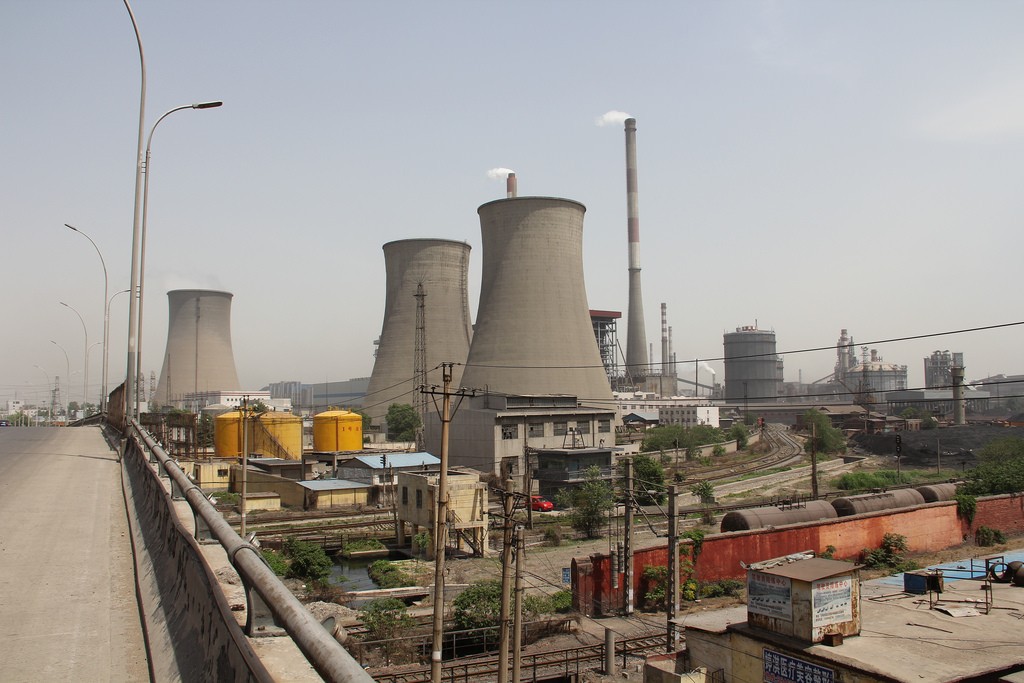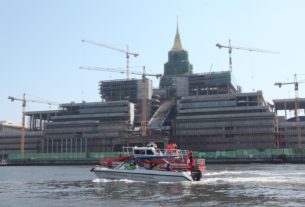Hydroponics and solar power combine as a food and alternative energy solution.
 It may not yet be a household name, but Get IT Co, the country’s first hydroponic solar farm operator, is confident it can popularise the concept and is targeting a 10% share of the local solar power market in the next two decades.
It may not yet be a household name, but Get IT Co, the country’s first hydroponic solar farm operator, is confident it can popularise the concept and is targeting a 10% share of the local solar power market in the next two decades.
It takes 19 rai to generate one megawatt of electricity, so producing 1,000MWto fulfil current energy needs will take 19,000 rai, making it impossible to develop solar farms without thinking of food production, according to Mr Polathorn.
In partnership with PTS Progressive Engineering Co, Get IT now runs two hydroponic solar farms in Prachuap Khiri Khan province – one with 25 kilowatts of capacity in Hua Hin district and the other with one-megawatt capacity in Muang district’s Bor Nok village.
Hydroponics is the cultivation of plants in nutrient solutions rather than in soil.
All power generated is supplied to the Provincial Authority of Thailand, while the vegetables grown onsite are sold to Bangkok markets.
Get IT is now preparing four more projects in Nong Khai, one in Sakon Nakhon and three in Udon Thani.
The eight new projects, which will generate a combined 8 MW, will all be completed this year.
“Ours is an agriculture-based economy, so any land used for solar farms alone will be at the expense farming. Therefore, we want to produce both electricity and food on the same piece of land,” said Polathorn Neamsiri, managing director of PTS.
The company is the strategic partner of Get IT, which was established in 2008 under Board of Investment privileges in return for using the local office as its Asian headquarters.
Get IT’s website (http://www.greenenergytechnology.asia) says the company entered into a joint venture with Thai Diamond City in April to build Thailand’s largest solar park at 100 MW, to be located in Kaeng Krachan National Park north of Hua Hin town.
“It takes 19 rai to generate 1 MW of electricity, so producing 1,000 MW to fulfil current energy needs will take 19,000 rai, making it impossible to develop solar farms without thinking of food production,” said Mr Polathorn.
He said the high temperatures present at a solar farm are conducive to higher fruit and vegetable output.
“Hydroponics can produce higher yields, and output can be harvested more quickly than with normal farming methods, so we can recoup our investment relatively soon,” said Mr Polathorn.
He said Get IT has spent 87 million baht over the last six years on hydroponic solar farming.
The eight new solar projects will cost a combined 600 million baht.
Next year, investment is expected to top 2 billion baht, prompting Get IT to embark on an aggressive fund mobilisation drive, said Mr Polathorn.
With production costs for hydroponic solar farms relatively high, the company is considering its own solar cell factory and quartz smelting plant in Thailand to lower the cost of solar panels.
Mr. Polathorn said such a move would cost 6 billion baht.
“We intend to account for 10% of the 54 gigawatts planned under the country’s 20-year solar power development plan,” he said.
“To achieve this target, we welcome partnerships with all licensed solar power developers along with landowners.”
Philip Napier-Moore from Mott MacDonald, a British solar engineering firm, said solar farm development requires being connected to the power grid, as battery chargers are still too expensive and have a short lifetime for storage capacity.
Source: http://www.bangkokpost.com/business/economics/241325/innovative-integration


